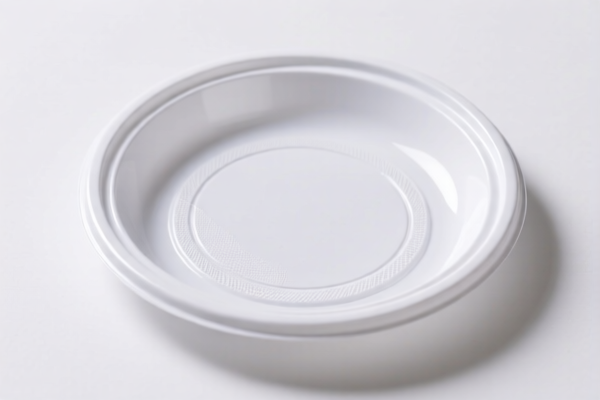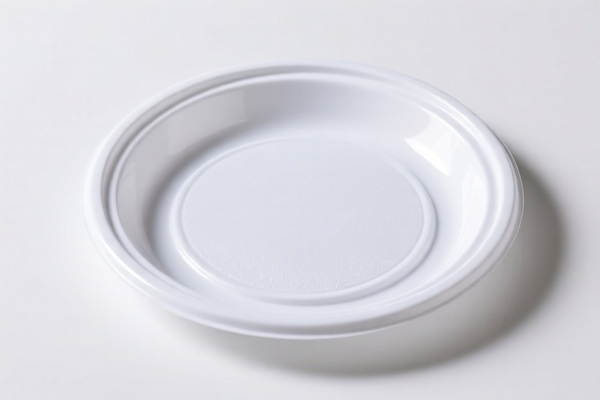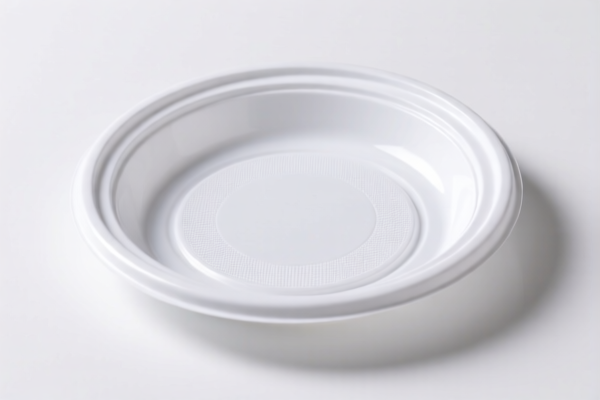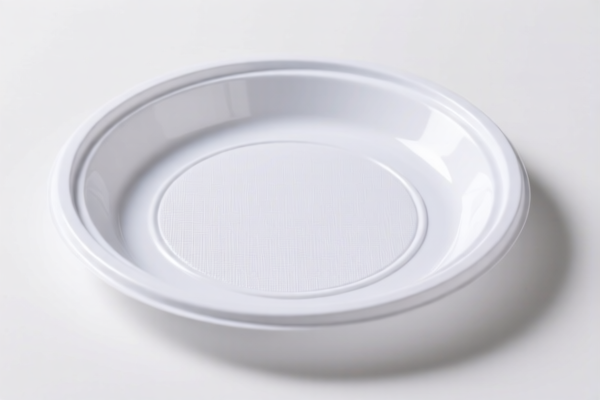| HS Code | Official Doc | Tariff Rate | Origin | Destination | Effective Date |
|---|---|---|---|---|---|
| 4419110000 | Doc | 33.2% | CN | US | 2025-05-12 |
| 4419901100 | Doc | 35.3% | CN | US | 2025-05-12 |
| 4421918800 | Doc | 30.0% | CN | US | 2025-05-12 |
| 4421998800 | Doc | 37.5% | CN | US | 2025-05-12 |
| 9602001040 | Doc | 40.5% | CN | US | 2025-05-12 |
| 9602001080 | Doc | 40.5% | CN | US | 2025-05-12 |
| 3501101000 | Doc | 0.37¢/kg+37.5% | CN | US | 2025-05-12 |
| 3501105000 | Doc | 37.5% | CN | US | 2025-05-12 |
| 1208900000 | Doc | 56.4% | CN | US | 2025-05-12 |




Wooden Plate
A wooden plate is a dish or serving ware typically constructed from wood, used for presenting and consuming food. Its characteristics, applications, and varieties are detailed below.
Material
Wooden plates are commonly made from a range of wood species, each offering different properties:
- Hardwoods: Such as maple, beech, walnut, and cherry, are dense, durable, and exhibit finer grain patterns, often preferred for aesthetic appeal and longevity. They are generally more expensive.
- Softwoods: Pine and fir are less expensive options, lighter in weight, but more prone to scratches and may absorb flavors/odors.
- Bamboo: Technically a grass, bamboo is rapidly renewable, lightweight, and relatively strong, often used for disposable or eco-friendly plates.
- Sheesham (Indian Rosewood): Known for its rich color and durability, frequently used in handcrafted plates.
Wood selection influences the plate's weight, strength, appearance, and suitability for different food types. Finishes like oil, varnish, or lacquer are often applied for protection and ease of cleaning.
Purpose & Function
The primary function of a wooden plate is to serve and hold food for consumption. However, their usage extends beyond basic functionality:
- Serving: Used for presenting food at meals, buffets, or gatherings.
- Decorative: Wooden plates can serve as aesthetic elements, particularly those with intricate carvings or unique wood grain.
- Warm Presentation: Wood retains heat better than some materials, making it suitable for serving warm foods.
- Rustic Aesthetic: Contributes to a natural or rustic dining experience.
Usage Scenarios
Wooden plates are employed in a variety of settings:
- Home Dining: Everyday use or special occasions.
- Restaurants & Cafés: Often used for specific cuisines or to create a particular ambiance (e.g., sushi restaurants, farm-to-table establishments).
- Outdoor Events: Picnics, barbecues, and camping due to their portability and natural appeal.
- Photography & Food Styling: Used as props for visually appealing food presentations.
- Charcuterie Boards & Appetizers: Smaller wooden plates are common for serving cheeses, meats, and other appetizers.
Common Types
- Solid Wood Plates: Constructed from a single piece of wood, offering durability and aesthetic appeal. These are typically more expensive.
- Wood Slice Plates: Made from cross-sections of tree trunks, providing a natural, rustic look. Often used for individual servings.
- Bamboo Plates: Lightweight, disposable or reusable options, often with a smooth finish.
- Carved Wooden Plates: Feature decorative carvings or patterns, often used for special occasions or as decorative items.
- Wood & Resin Plates: Combine wood with epoxy resin to create unique patterns and a durable, glossy finish.
- Charger Plates (Wooden): Larger decorative plates placed under dinner plates for aesthetic enhancement.
Care & Maintenance
- Hand Washing: Generally recommended to avoid damage from dishwashers.
- Oiling: Periodic oiling (food-grade mineral oil or beeswax) helps prevent drying and cracking.
- Avoid Prolonged Soaking: Can cause warping or cracking.
- Avoid Harsh Chemicals: Use mild soap and water.
- Storage: Store in a dry place to prevent mold or mildew.
Wooden plates fall under the category of tableware and kitchenware made of wood. Here are the relevant HS codes based on the provided information:
- 4419110000: This HS code covers tableware and kitchenware of wood, specifically those made of bamboo, including bread boards, chopping boards, and similar boards. While a plate isn't explicitly listed, it falls within the broader category of kitchenware made of bamboo.
- 44: Chapter 44 refers to Wood and articles of wood; wood charcoal.
- 19: Heading 19 specifies Furniture; bedding, mattresses, support, stuffing and similar furnishings; lamps and lighting fittings, not elsewhere specified or included; articles of wood.
- 11: Subheading 11 further defines this as Tableware and kitchenware of wood, of bamboo.
- 4419901100: This HS code covers tableware and kitchenware of wood, categorized as "Other" and specifically includes forks and spoons. A wooden plate could be considered within this "Other" category if not made of bamboo.
- 44: Chapter 44 refers to Wood and articles of wood; wood charcoal.
- 19: Heading 19 specifies Furniture; bedding, mattresses, support, stuffing and similar furnishings; lamps and lighting fittings, not elsewhere specified or included; articles of wood.
- 90: Subheading 90 further defines this as Tableware and kitchenware of wood, other.
- 11: Subheading 11 further defines this as Forks and spoons.
Tax Rate Information:
- 4419110000: Has a base tariff of 3.2%, no additional tariff currently, but a 30.0% additional tariff will apply after April 2, 2025, resulting in a total tariff of 33.2%.
- 4419901100: Has a base tariff of 5.3%, no additional tariff currently, but a 30.0% additional tariff will apply after April 2, 2025, resulting in a total tariff of 35.3%.
It is important to determine whether the wooden plate is made of bamboo or another type of wood to correctly classify it under the appropriate HS code.
Customer Reviews
No reviews yet.